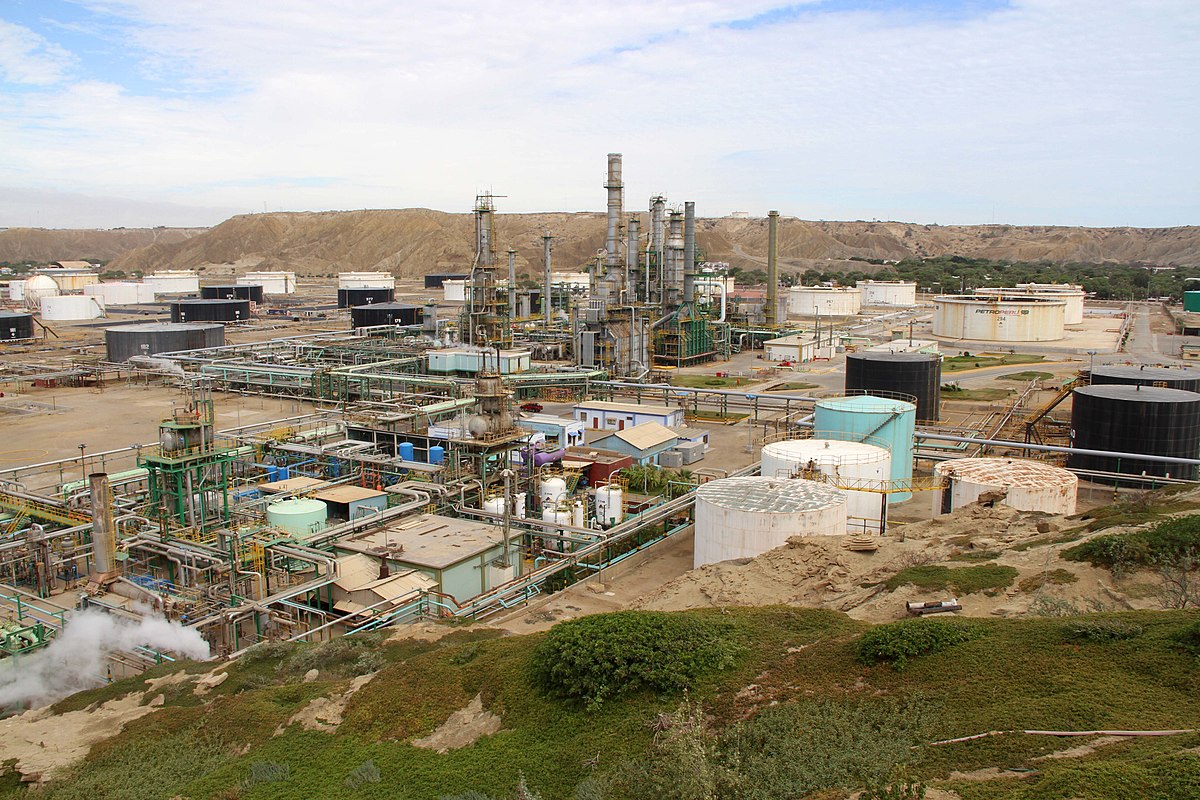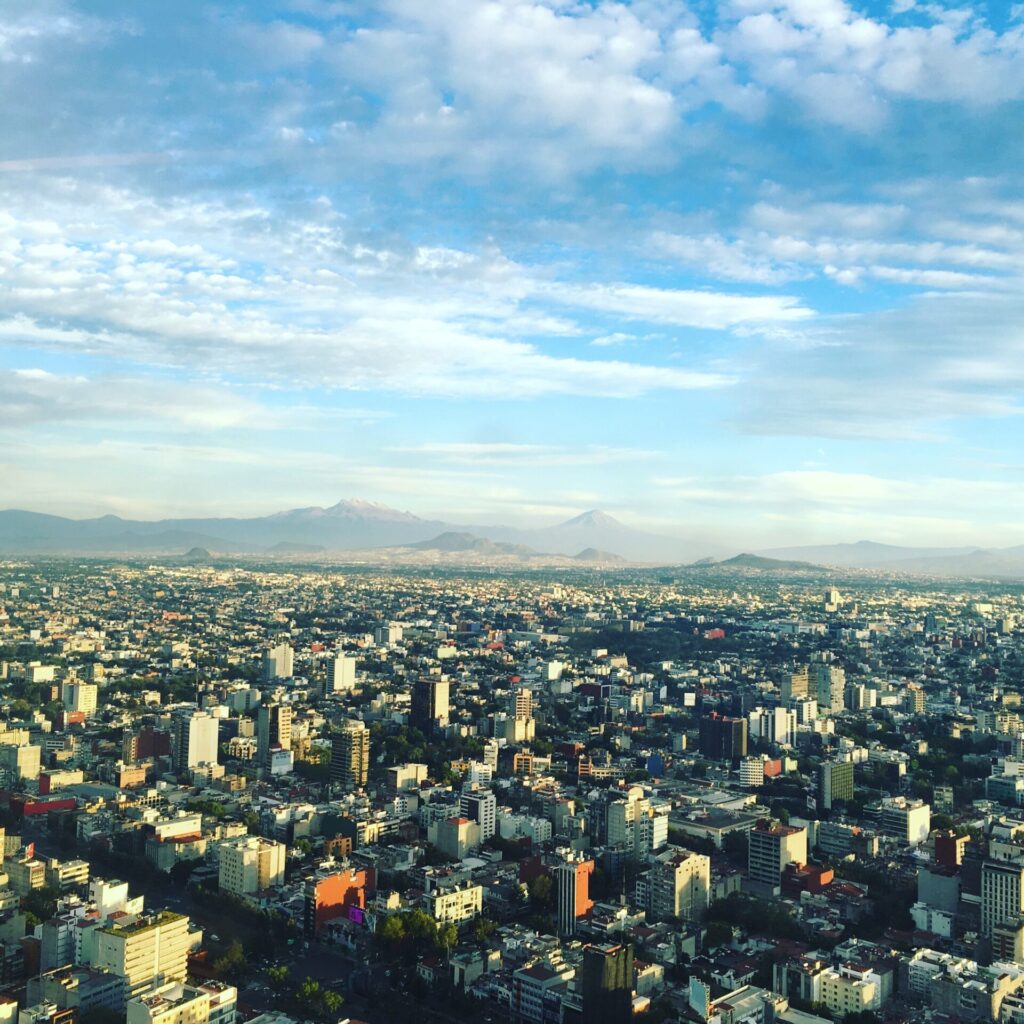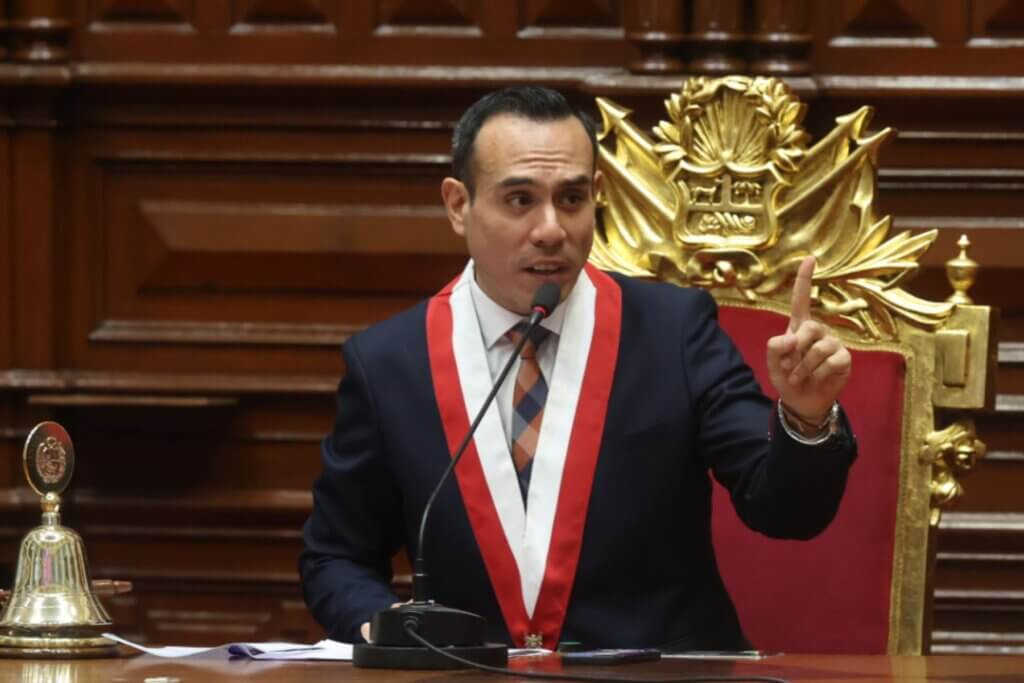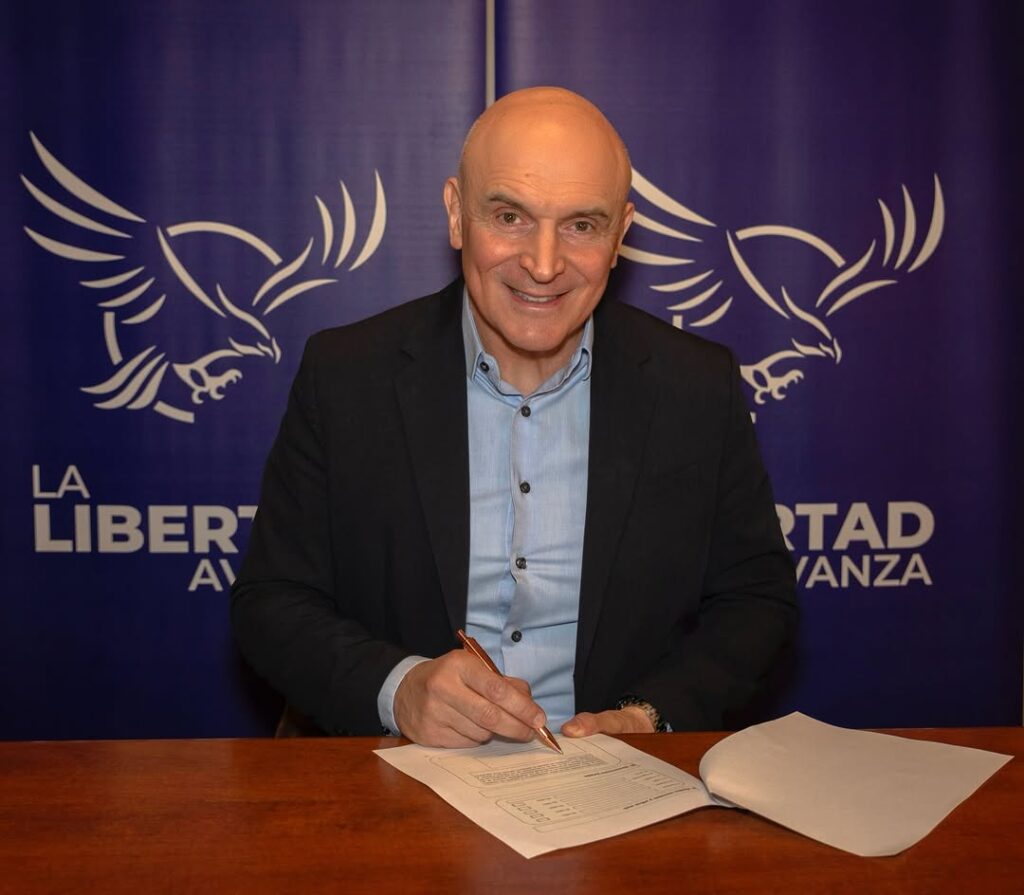Foreign banks and investors are responsible for the vast majority of fossil fuel financing across Latin America and the Caribbean, according to a new report.
In a joint study, researchers from five NGOs tracked the banks and institutional investors financing oil and gas projects in Latin America and the Caribbean. They found that 92% of bank financing and 96% of investments came from outside the region.
“That [level] wasn’t what I was expecting,” Heffa Schücking, lead author of the report, told Latin America Reports. “The money is coming from the Global North, overwhelmingly,” she said.
Of the 297 banks which have channelled nearly $140 billion into fossil fuel projects in the region between 2022 and 2024, the main bulk of financing came from North America, Europe, China, and Japan. U.S. banks alone account for 25%, followed by Canada (14%), and Spain (11%).
In the ranking of the top banks, the first Latin American bank only appears at 15th, which is Brazil’s Itaú Unibanco.
Though more than 6,400 investors hold $425 billion in shares and bonds of companies developing new fossil fuel projects, just 20 investors make up half of that total. The top three are Vanguard, BlackRock, and Capital Group – all from the U.S.
“In terms of institutional investors, U.S.-based entities dominate the field,” Schücking said. “At the top we have the usual suspects,” she said.
A Green Future?
Many of the companies mentioned in the report have stated climate pledges.
Spanish bank, Santander, for example, has promised to be net zero by 2050 in all its financial activities. According to the report’s ranking, it is the top bank funding Latin America’s fossil fuel expansion.
“There’s this kind of disconnect in the financial system,” said Schücking. “Everybody is saying, ‘Somehow magically, we will continue producing oil and gas, but we’ll also be at net zero by 2050,’” she added.
The report details how countries are preparing for long-term gas and oil extraction, with infrastructure built to operate for 30 to 50 years. Over 8,800 km of oil and gas pipelines, for example, are currently planned across the region.
One effect of massive infrastructure building is huge debt, with the need to repay spurring on further oil and gas development. Peruvian national oil company, Petroperú, for instance, is trying to push forward a controversial Amazon oil drilling project over indigenous land to repay loans for a refinery, received from Deutsche Bank, Santander, Bank of America and HSBC.
“This pressure to repay debts, especially for oil and gas infrastructure, that is driving a lot of the upstream expansion,” said Schücking. “Because once the refinery is there, once the pipeline is there, they need to be filled.”
“All this stuff is really locking us in,” she added.
Featured image:
Image: Refinery in Talara, Peru
Author: The EITI
Source: Flickr
Licence: Creative Commons Licenses











